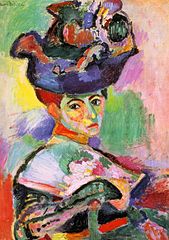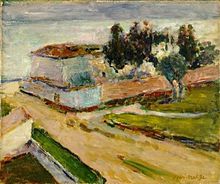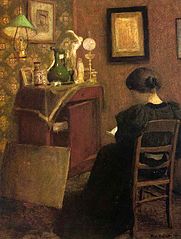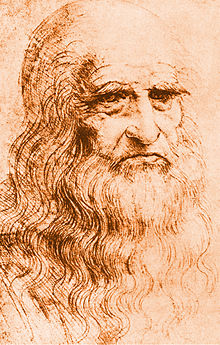Art History and Artists
Henri Matisse
Biography >> Art History - Occupation: Artist, Painter
- Born: December 31, 1869 in Le Cateau-Cambrésis, France
- Died: November 3, 1954 in Nice, France
- Famous works: The Dinner Table, Woman with a Hat, The Desert: Harmony in Red, Le Rifain assis, The Red Studio
- Style/Period: Fauvism, Modern Art
Where did Henri Matisse grow up?
Henri Matisse grew up in the northern part of France. His father was a grain merchant and strict with Henri. He went to school in Paris and studied law. In 1888 he passed the bar and took a job as a law clerk.
Becoming a Painter
In 1889 Henri came down with appendicitis. During his recovery his mother got him some art supplies for something to do. He fell in love with painting and art. He decided he wanted to become an artist. His father was very disappointed.
Henri began to explore painting. His mother encouraged him not to follow the normal rules of art, but to try out new things and to paint his emotions. He spent a year studying art at the Academie Julian in Paris, but left to train under the artist Gustave Moreau, where he could explore more modern styles of painting.
In 1897, Matisse met painter John Peter Russell. Russell introduced him to impressionism and to the work of van Gogh. It opened up a new world to Matisse.
Early Works
Matisse painted his first masterpiece in 1897. It was called The Dinner Table. He continued to paint being influenced by artists such as van Gogh and Cezanne. He studied the works of J.M.W. Turneras well and even took on some of the style of Pointillism from Seurat.
Fauvism
In the early 1900s Matisse developed a new style. He began to paint with bright masses of colors that were freely applied. He used the colors to express emotion often using colors that had nothing to do with the natural colors of the subject. In 1905 Matisse, together with fellow artists Maurice de Vlaminck and Andre Derain, exhibited their new style to the world. One critic called them "fauves", which meant "wild beasts". The name stuck and their style of art was called Fauvism.
One of Matisse's 1905 paintings was Woman with a Hat. In this painting you can see that he uses bright and unnatural colors to paint the woman. It brings a different level of emotion to the painting. Although Matisse was initially criticized by some for this new style, Woman with a Hat was purchased by major art collectors, giving Matisse renewed confidence.
The Red Studio
The Red Studio was painted by Matisse in 1911, near the end of the Fauvism movement. During this time he began experimenting with flat areas of color. The painting is of Matisse's art studio. The paintings shown were his most recent paintings at the time. You can see that Matisse was not worried about making the painting look like a studio, but rather to create an interesting arrangement of colors and shapes. Go here to see a picture of The Red Studio.
Cutouts
In his later years, Matisse began to experiment with cutouts. He would cut out colored paper and make collages. He released a book of these cutouts called Jazz that was very popular. Some of his cutouts have become famous pieces of artwork including The Blue Nude, The Knife Thrower, andIcarus.
Matisse is considered one of the founders of Fauvism art. He is also considered one of the leading figures of modern art as his paintings and art influenced many artists throughout the 20th century.
Interesting Facts about Henri Matisse
- He was good friends with artist Pablo Picasso. They later became rivals.
- Major patrons of Matisse included Americans Gertrude Stein and the Cone Sisters. They purchased a number of his paintings. He also introduced them to Picasso, whose paintings they also purchased.
- He ran a small art school called Academie Matisse in Paris between 1908 and 1911.
- Some of his paintings have sold for over $20 million.
- Movie star Al Pacino is set to play the role of Henri Matisse in a movie called Masterpiece.
Note: Any artwork used that is not public domain is used under the U.S. fair use laws because this is an educational article about the painting or image. The images used are low resolution. If you own the copyright and have issues with us using the artwork, please contact us and it will be removed promptly.




































